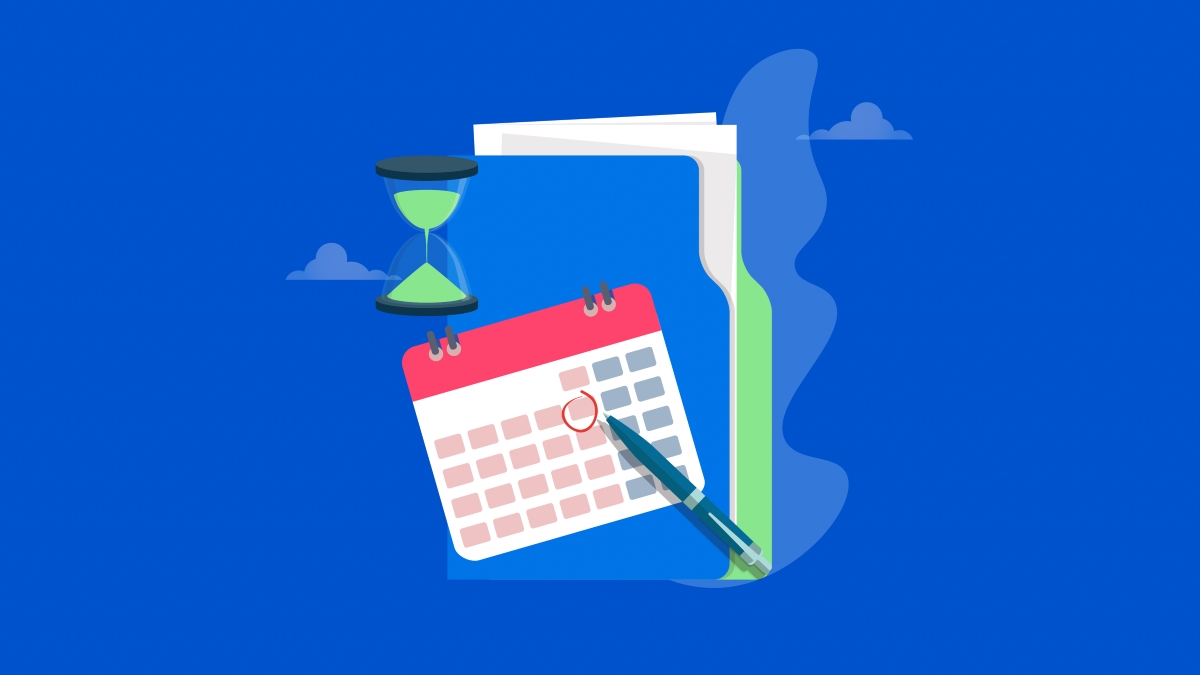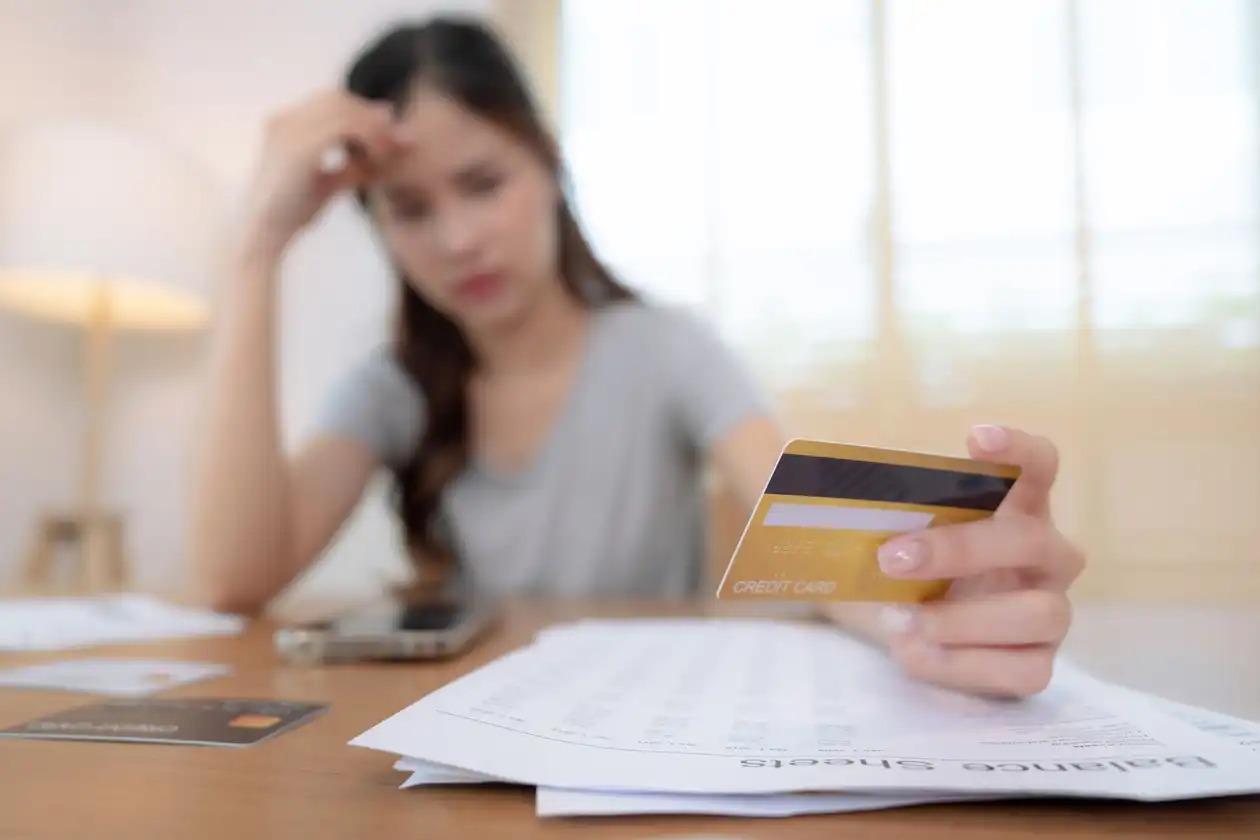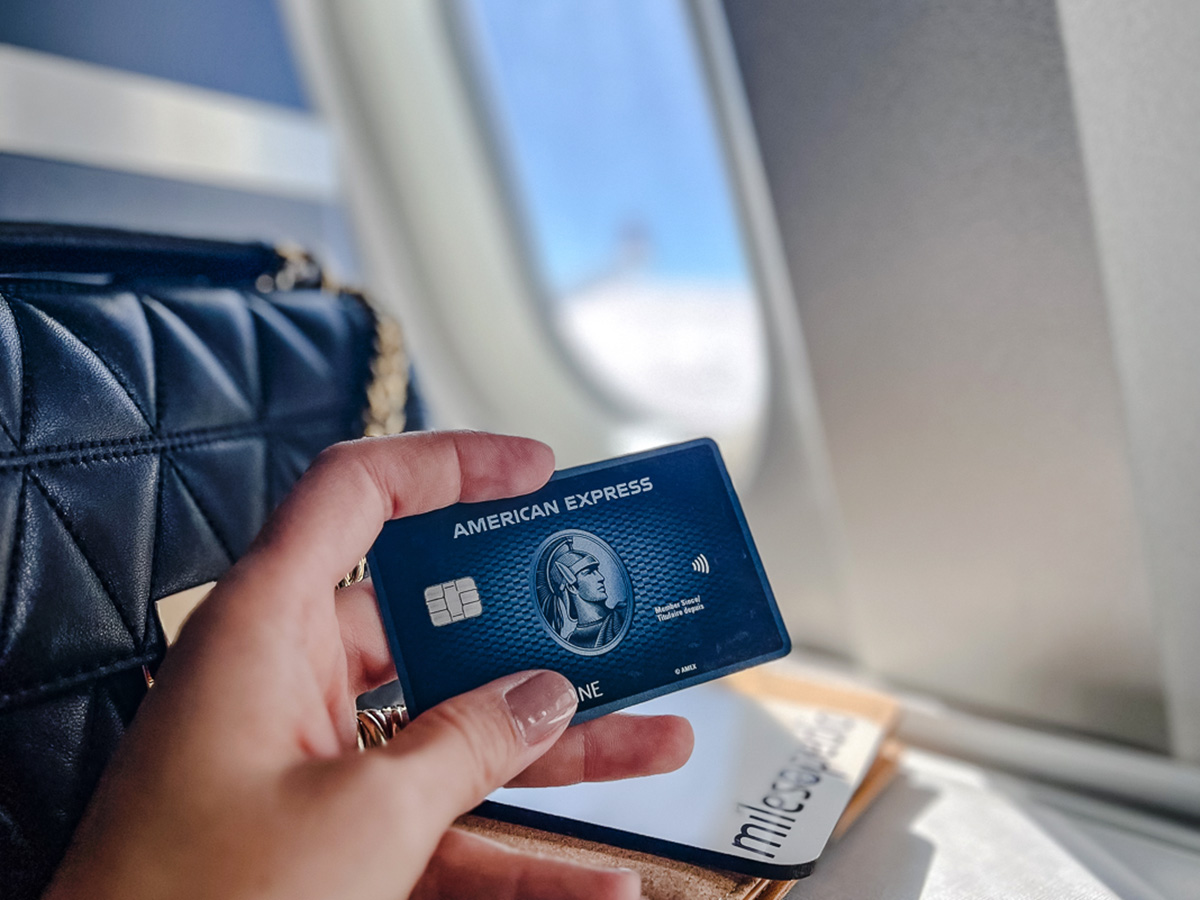

Finance
How To Get A Charged Off Of Your Credit
Published: January 4, 2024
Learn effective strategies to remove a charged off from your credit report and take control of your finances. Expert tips and advice on repairing your credit.
(Many of the links in this article redirect to a specific reviewed product. Your purchase of these products through affiliate links helps to generate commission for LiveWell, at no extra cost. Learn more)
Table of Contents
Introduction
Having a charged-off account on your credit report can have a significant impact on your financial well-being. Whether it’s due to unpaid credit card debt, a delinquent loan, or another type of outstanding debt, a charge off is a negative mark that can result in a lower credit score and limited access to credit in the future.
But what exactly does it mean when an account is “charged off”? In simple terms, a charge off occurs when a creditor decides that it’s unlikely to collect the full amount owed by the borrower and removes the debt from its accounts receivable. However, this doesn’t mean that you’re off the hook for the debt.
In this article, we’ll explore how to remove a charge off from your credit report and regain control of your financial standing. While it may seem like an uphill battle, there are specific steps you can take to address the charged-off account and lessen its impact on your creditworthiness.
What Does “Charged Off” Mean?
When an account is labeled as “charged off” on your credit report, it indicates that the creditor has deemed the debt as uncollectible and has written it off as a loss. This typically happens when the account remains delinquent for a specific period, usually around 180 days.
However, it’s essential to understand that a charged-off account doesn’t mean you no longer owe the debt. It merely signifies that the creditor has given up on trying to collect the full amount owed. Despite this, the debt remains legally valid, and the creditor may still attempt to collect it or sell it to a collections agency.
Once an account is charged off, it has a detrimental effect on your credit score. It will appear as a negative entry on your credit report, indicating that you have failed to fulfill your financial obligations. This can lower your credit score significantly, making it harder for you to obtain credit or secure favorable interest rates in the future.
It’s essential to note that a charge off doesn’t absolve you of your responsibility to pay the debt. You still owe the money, and the creditor or collections agency can continue their efforts to collect it. It’s crucial to address the charged-off account promptly and take the necessary steps to resolve the debt and improve your credit standing.
Understanding the Impact of a Charge Off on Your Credit
A charge off can have a significant and long-lasting impact on your credit score and overall creditworthiness. It’s essential to understand how this negative mark can affect your financial future.
First and foremost, a charge off will result in a substantial drop in your credit score. This can make it challenging to qualify for new credit cards, loans, or even rental agreements. Lenders and creditors view a charge off as a sign of financial irresponsibility, making you a higher-risk borrower.
Additionally, a charged-off account will remain on your credit report for up to seven years from the date of the first delinquency. This means that potential lenders and creditors will see this negative mark whenever they review your credit report during that time. It can be challenging to remove this derogatory entry, and even if you manage to pay off the debt in the future, the charge off will still be visible on your credit report.
Furthermore, a charge off can hinder your chances of obtaining favorable interest rates and terms on future credit. Even if you manage to secure credit, you may be subject to higher interest rates and more stringent borrowing conditions due to the charge off on your credit history.
It’s important to note that while the impact of a charge off on your credit score will lessen over time, its presence can still have lingering effects on your financial opportunities and goals. This is why it’s crucial to take proactive steps to address and resolve a charged-off account in order to improve your creditworthiness and regain control of your financial future.
Step 1: Review Your Credit Report
Before you can take action to address a charged-off account, it’s crucial to obtain and review a copy of your credit report. This will allow you to understand the full extent of your financial situation and identify any inaccurate or outdated information.
You are entitled to a free copy of your credit report from each of the three major credit bureaus (Equifax, Experian, and TransUnion) once every 12 months. You can request your report online or by mail, using the official website AnnualCreditReport.com.
Once you receive your credit report, carefully review it and look for any accounts that have been charged off. Take note of the creditor’s name, the outstanding balance, and the date of delinquency. Make sure that all the information listed is accurate, as any discrepancies could potentially impact your credit score and your ability to resolve the charged-off account.
If you notice any errors or inaccuracies on your credit report, such as an incorrect balance or an account that doesn’t belong to you, it’s crucial to dispute these items with each credit bureau. You can file a dispute online or by mail, providing any supporting documentation that proves the inaccuracies.
Reviewing your credit report is the first step in the process of addressing a charged-off account. It allows you to have a clear understanding of the situation and ensures that you have accurate information to work with when taking the necessary steps to resolve the debt.
Step 2: Validate the Debt
Once you have reviewed your credit report and identified the charged-off account, the next step is to validate the debt. This involves verifying that the debt is legitimate and ensuring that you are indeed responsible for it.
Under the Fair Debt Collection Practices Act (FDCPA), you have the right to request validation of the debt from the creditor or collections agency. This request must be made in writing within 30 days of receiving their initial notice about the charged-off account.
When you send a debt validation letter, make sure to include the following information:
- Your name and contact information
- The account number of the charged-off debt
- A statement requesting validation of the debt
- A request for copies of any relevant documentation, such as the original loan agreement
Upon receiving your validation request, the creditor or collections agency is required to provide you with specific details about the debt. This includes the total amount owed, the name of the original creditor, and any other pertinent information that confirms the debt’s validity.
If the creditor or collections agency fails to validate the debt within the given timeframe, they are prohibited from continuing their collection efforts. In this case, you can dispute the charged-off account with the credit bureaus and request its removal from your credit report.
Validating the debt is an important step in the process of dealing with a charged-off account. By ensuring that the debt is legitimate, you can move forward with confidence and determine the best course of action to resolve the outstanding balance.
Step 3: Negotiate a Settlement
Once you have validated the debt and confirmed its legitimacy, the next step is to negotiate a settlement with the creditor or collections agency. This involves reaching an agreement to pay off the charged-off account for an amount that is less than the full balance owed.
Before you begin negotiations, it’s important to assess your financial situation and determine how much you can afford to pay towards the settlement. Keep in mind that creditors and collections agencies are often willing to accept a lower amount as they would rather recoup a portion of the debt than nothing at all.
When negotiating a settlement, consider the following tips:
- Start with a low offer: Begin the negotiation by offering to pay a percentage of the total balance owed. For example, you could start with an offer of 30% or 40% of the debt.
- Be prepared to negotiate: The creditor or collections agency may counter your initial offer. Be willing to negotiate and find a middle ground that works for both parties.
- Get the agreement in writing: Once you have reached a settlement, make sure to get the agreement in writing. The agreement should clearly state the agreed-upon amount, the terms of payment, and any conditions for removal of the charge-off from your credit report.
- Keep records of all communication: Throughout the negotiation process, make sure to keep detailed records of all communication, including emails, letters, and phone calls. This will serve as evidence in case any issues arise in the future.
By negotiating a settlement, you have the opportunity to resolve the charged-off account without paying the full balance. This can help you save money and start rebuilding your credit.
It’s important to note that settling the debt may still have a negative impact on your credit score, but it is generally less damaging than leaving the account unpaid. Once you have successfully negotiated a settlement, move forward with the agreed-upon payment plan and honor your commitment.
Step 4: Request a Pay-For-Delete Agreement
While negotiating a settlement is a step in the right direction for resolving a charged-off account, it’s also worth considering the possibility of requesting a pay-for-delete agreement. This agreement aims to have the negative entry removed from your credit report in exchange for payment of the outstanding debt.
A pay-for-delete agreement is not a guaranteed solution, but it’s worth trying as it can significantly improve your credit standing. Here’s how you can go about requesting a pay-for-delete agreement:
- Initiate contact: Reach out to the creditor or collections agency and explain that you are willing to settle the debt in exchange for the removal of the charged-off account from your credit report.
- Offer a lump sum payment: Propose a lump sum payment that is less than the total balance owed, as agreed upon during the negotiation process.
- Request written confirmation: Before making any payment, request written confirmation of the pay-for-delete agreement. Make sure the agreement clearly outlines the terms of deletion, such as the exact wording to be used when removing the account from your credit report.
- Follow through with payment: Once you have received the written confirmation, proceed with making the agreed-upon payment. Use a method that allows you to track and document the payment, such as a cashier’s check or a money order.
- Monitor your credit report: After making the payment, monitor your credit report closely to ensure that the charged-off account is indeed removed according to the terms of the agreement. If you find that the account is still listed, follow up with the creditor or collections agency to remind them of the agreement and request their compliance.
It’s important to note that not all creditors or collections agencies will agree to a pay-for-delete agreement. However, some may be willing to consider it, especially if they believe it’s in their best interest to receive payment and remove the negative entry from your credit report.
Remember to keep all written correspondence and documentation related to the pay-for-delete agreement. This will serve as evidence in case any issues arise or if you need to dispute the account with the credit bureaus.
While the success of a pay-for-delete agreement is not guaranteed, it can be a powerful tool for improving your credit and removing the negative impact of a charged-off account.
Step 5: Paying Off the Debt
Once you have reached a settlement or secured a pay-for-delete agreement, the next step is to follow through with payment and pay off the charged-off debt. Paying off the debt in a timely manner is crucial for improving your credit standing and resolving the negative impact of the charged-off account.
Here are some key considerations when paying off the debt:
- Verify the payment details: Double-check the agreed-upon payment amount and the payment method with the creditor or collections agency. Ensure that you have the correct payment address and any specific instructions for making the payment.
- Choose a secure payment method: Opt for a secure payment method that allows you to track and document the payment, such as a cashier’s check or a money order. Avoid making cash payments or providing your bank account information unless you are comfortable doing so.
- Keep records of payment: Retain copies of any payment receipts, cancelled checks, or transaction confirmations as proof of payment. This documentation will be essential in case any disputes arise in the future.
- Confirm closure of the account: After making the payment, confirm with the creditor or collections agency that the account has been settled and closed. Request written confirmation of the account closure, which you can keep for your records.
By fulfilling your payment obligations, you not only demonstrate your commitment to resolving the charged-off debt but also pave the way for rebuilding your credit. Timely payments and responsible financial behavior will contribute positively to your credit history and improve your overall creditworthiness.
It’s important to note that paying off the charged-off debt may not immediately remove the derogatory entry from your credit report. The account may be updated to reflect a “paid” status, but the charge-off will remain on your credit report for up to seven years from the date of the account’s first delinquency.
Continue practicing healthy financial habits, such as making payments on time and keeping your credit utilization low, to further improve your credit standing over time.
Step 6: Monitor Your Credit Report
After you have addressed and resolved the charged-off account, it’s crucial to monitor your credit report regularly to ensure that the negative entry has been updated or removed. Ongoing monitoring allows you to stay informed about your credit status and promptly address any inaccuracies or issues that may arise.
Here are some important steps to take when monitoring your credit report:
- Check your credit report regularly: Review your credit report from each of the major credit bureaus at least once a year. You can request free copies of your report from AnnualCreditReport.com or use a reputable credit monitoring service.
- Look for updates or removal of the charge-off: Verify that the charged-off account has been updated to reflect the correct status, such as “paid” or “settled.” In some cases, the account may be removed entirely, especially if you had a successful pay-for-delete agreement. If you notice any errors or discrepancies, take immediate action to address them.
- Monitor for new negative entries: Keep an eye out for new negative entries or any signs of identity theft or fraudulent activity. Unusual accounts or inquiries on your credit report could indicate that someone is using your personal information without your consent.
- Dispute inaccuracies: If you find any errors or inaccuracies on your credit report, promptly dispute them with the credit bureaus. Provide any supporting documentation or evidence to support your claim. The credit bureaus are required to investigate and update your credit report if they find the information to be incorrect.
- Continue practicing good financial habits: Even after resolving the charged-off account, it’s important to maintain responsible financial behavior. Pay your bills on time, keep your credit utilization low, and avoid taking on excessive debt. These habits will help you rebuild and maintain a positive credit history.
Monitoring your credit report allows you to stay on top of your credit profile and ensure that the charged-off account no longer negatively affects your creditworthiness. It also provides an opportunity to identify any areas for improvement and take proactive steps towards achieving your financial goals.
Remember, rebuilding your credit takes time and consistent effort. By staying vigilant and monitoring your credit report, you can gradually improve your credit score and regain control of your financial future.
Conclusion
Dealing with a charged-off account on your credit report can be challenging, but it’s not an insurmountable hurdle. By following the steps outlined in this guide, you can take control of your financial situation and work towards resolving the charged-off debt.
Remember, it all starts with reviewing your credit report and validating the debt. This allows you to have a clear understanding of the situation and ensures that you are addressing a legitimate debt. From there, negotiations can take place, whether it’s through a settlement agreement or a pay-for-delete arrangement.
Once you’ve reached an agreement, it’s essential to fulfill your payment obligations promptly. Paying off the debt not only demonstrates your commitment to resolving the issue but also sets the stage for rebuilding your credit.
However, the journey doesn’t end there. Monitoring your credit report regularly is crucial to ensure that the charged-off account is properly updated or removed. It’s an opportunity to catch any errors, resolve disputes, and ensure the accuracy of your credit history.
Rebuilding your credit after a charged-off account takes time and patience. It’s important to practice good financial habits, such as making payments on time and keeping your credit utilization low. Over time, your responsible credit behavior will help improve your credit score and open doors to better financial opportunities.
Remember, everyone’s financial situation is unique, and the steps outlined in this guide may need to be tailored to your specific circumstances. If you find yourself struggling to navigate the process or need professional advice, it’s wise to consult a credit counselor or financial advisor.
By taking proactive steps and staying committed to your financial well-being, you can overcome the challenges of a charged-off account and work towards a brighter financial future.














